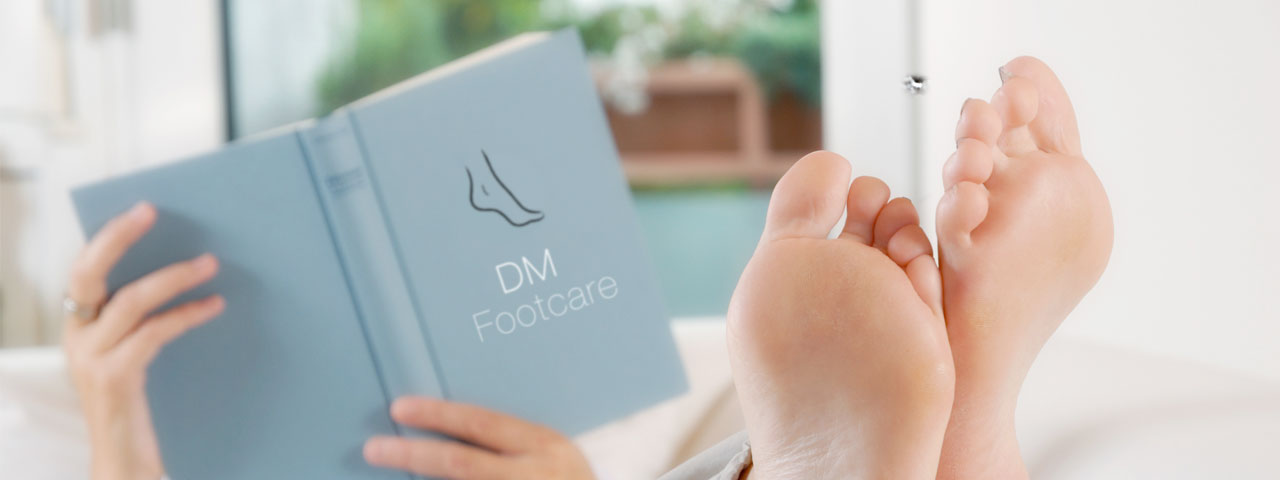What is Athletes Foot?
Athletes Foot is a fungal infection of the skin also known as tinea pedis. It is caused by the fungus Trichophyton. When the feet, or other areas of the body, stay warm and moist, the fungus thrives and infect the upper layer of the skin. The fungus can also spread to the toenails, which is much harder to treat. Up to 70% of the population will have Athlete's foot at some time during their lives.
What Causes Athletes Foot?
The fungus that causes Athlete's foot can be found on floors and in socks and clothing. It can be spread from person to person by contact with these objects and is highly contagious.
Signs & symptoms of Athlete's foot?
It is common to experience one or more of these signs and symptoms with Athlete's foot:
- Itching and scaling of skin
- Burning sensation
- Dry peeling skin, particularly around the inside arch of the foot
- Soggy peeling skin, particularly between the toes
- In severe cases, cracking skin with bleeding & pain
- Secondary infection by bacteria, particularly between the toes
- Spreading to the toenails which is much harder to treat.
Treatment of Athlete's foot.
In most cases, Athlete's foot can be simply treated with the application of over the counter anti-fungal preparations. These are available in powder form, emollient (cream) or sprays. Once the signs and symptoms have disappeared, it is important to follow the prevention advice below to avoid re-infection.
Prevention of Athlete's foot.
Without proper growing conditions (a warm, moist environment), the fungus will not infect the skin. Avoid keeping your feet in warm, dark, airless places for long periods of time (such as trainers).
Avoid footwear and hosiery made of synthetic materials. Leather shoes and cotton socks both allow your feet to breathe. Also, change socks daily and try and alternate footwear daily, particularly trainers.
If you wear trainers for sport or at the gym, make sure they get a good airing after use and are not left to fester in your sports bag!
When in communal areas (such as changing rooms or around a swimming pool) avoid walking barefoot. Wear flip flops and make sure you dry them after use!
Don't share towels with others and use a separate towel for your feet to avoid spreading the fungus around your body.
Keep feet clean! Wash them daily with a mild soap and take care to dry them properly paying particular attention to the spaces between the toes.
Apply cream to your feet after bathing and drying. Spread liberally over the feet with particular attention to the heels but avoid applying cream between the toes - this creates a moist environment for the fungus.
